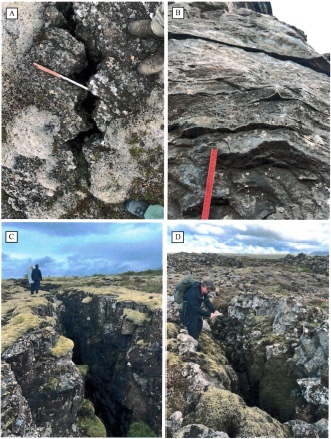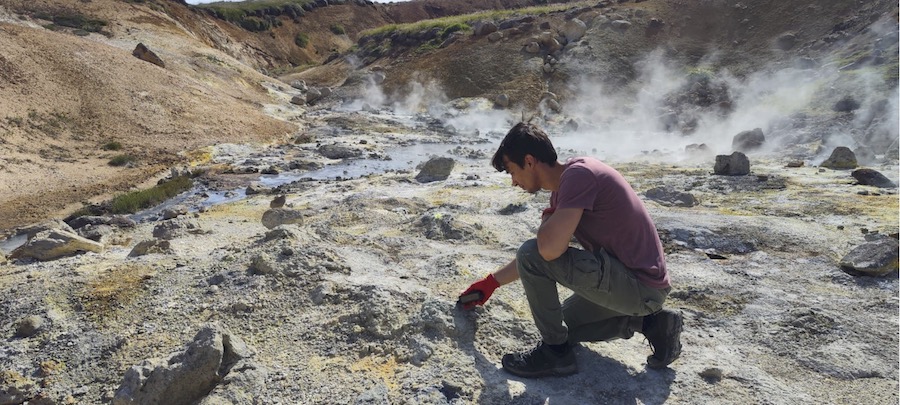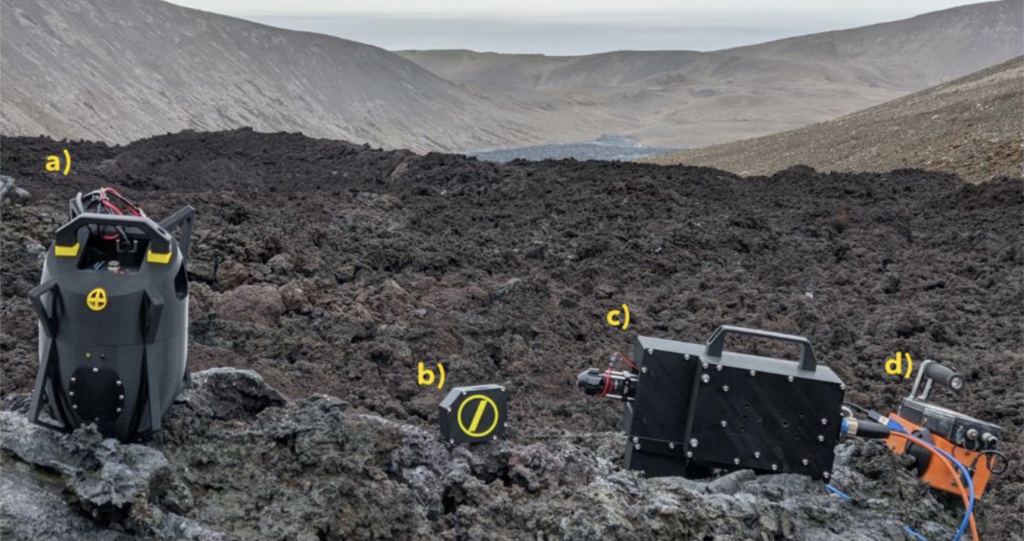20-EPN2-117: To the Root of a Problem – Exploring Mars’s Rootless Cones Based on the Geomorphometry of Icelandic Analogues
Sebastiaan de Vet (TU Delft, Netherlands) and Lonneke Roelofs (Utrecht University, Netherlands) to TA1.1 – Iceland Field Sites, MATIS
Dates of visit: 04-12 July 2022
Rootless cones are created by steam explosions when lava flows interact with local water sources. Consequently, these landscape features offer a unique palaeo-environmental insight into the conditions at the time of the eruption. Rootless cones have also been identified on planet Mars. The aim of this project was to identify geomorphological and morphometric characteristics of Icelandic rootless cones and use these insights to infer the formation conditions and palaeo-environmental significance of rootless cones on the planet Mars. While features on Mars can only be studied remotely through satellite data, this project leverages the accessibility of lcelandic analogues to study their morphologies and properties in fine details. The rootless cone groups in the Younger Laxa Lava are uniquely and specifically suited for this purpose; they offer a morphological variety along various gradients of lava-water interactions.
During the field project the team intended to map representative rootless cones in the Younger Laxa Lava in high-resolution during a drone-assisted photogrammetric survey and analyse high-resolution Digital Terrain Models to quantitatively compare rootless cones on lceland and Mars. However, logistical issues arising in the aviation industry during Summer 2022 resulted in a temporary loss of fieldwork gear. The project was thus refocussed to carry out a field campaign to collect representative pilot-dataset to meet parts of the initial goals and prepare for a future follow-up campaign.
Banner image: A rootless cone at Myvatn Lake, Iceland. Credit: Hansueli Krapf/CC BY-SA 3.0





